
3D Architectural model render of the final form and site
This project was developed during the complex forming seminar in MaCAD program (2021-22) taught at IAAC. During the seminar we were introduced to the tools like Kangaroo (physical based simulation plugin for Grasshopper in Rhino), Karamba (Structural Analysis Tool) and evolutionary solvers like Galapagos. The seminar focused on studying natural systems as a way to understand the natural code embed in nature and ways to replicate through the digital tools grasped.
The Charge Pavilion project explored two natural systems one being minimal surfaces and the other differential curve growth. The project revolves around the use of minimal surfaces as a way to rationalize amorphic forms and define a fluid continuity between column and canopy, the use of differential growth as a means to define a permeable layer of shading on the canopy by implementing it onto its surface.
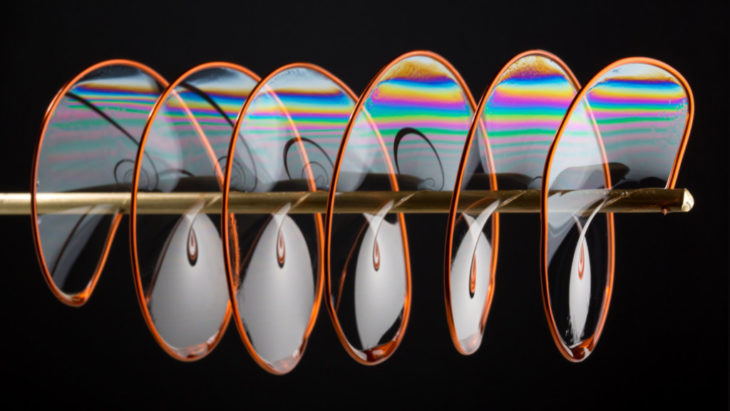
A minimal surface is the surface of minimal area between any given boundaries, it has the smallest possible area for a surface spanning the boundary of that piece. Soap films are minimal surfaces and they have zero mean curvature, i.e. the sum of the principal curvatures at each point is zero. In nature, such shapes result into an equilibrium of homogeneous tension. Optimizing for minimal surfaces normally employs the use a physics solver like Kangaroo. The process is through the application of a relaxation strategy unto a mesh.
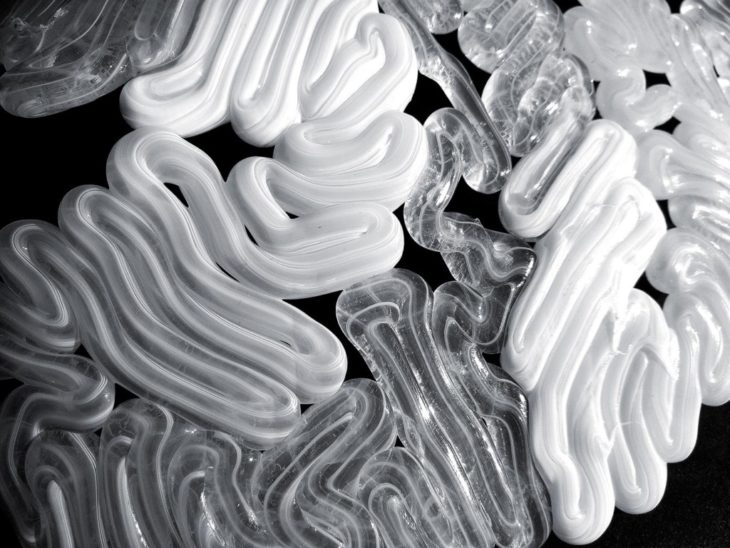
The differential growth process can be understood through a series of rules that are repeatedly applied to points in space (called nodes) connected into chains by lines (edges) to form paths. In each iteration of the simulation we run the following rules on each node:
- Each node wants to be close to it’s connected neighbor nodes and will experience a mutual attraction force to them.
- Each node wants to maintain a minimum distance from all nearby nodes, connected or not, and will experience a mutual repulsion force from them.
- Each node wants to rest exactly halfway between it’s connected neighbor nodes on as straight of a line as possible and will experience an alignment force towards the midpoint.
PRECEDENTS for the Project
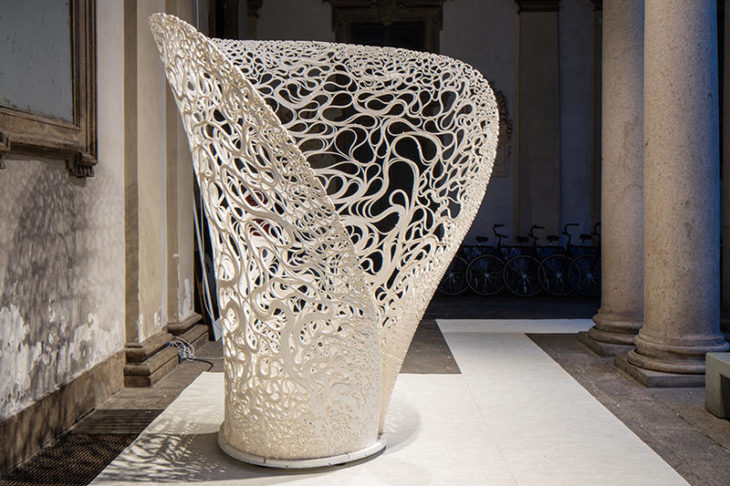
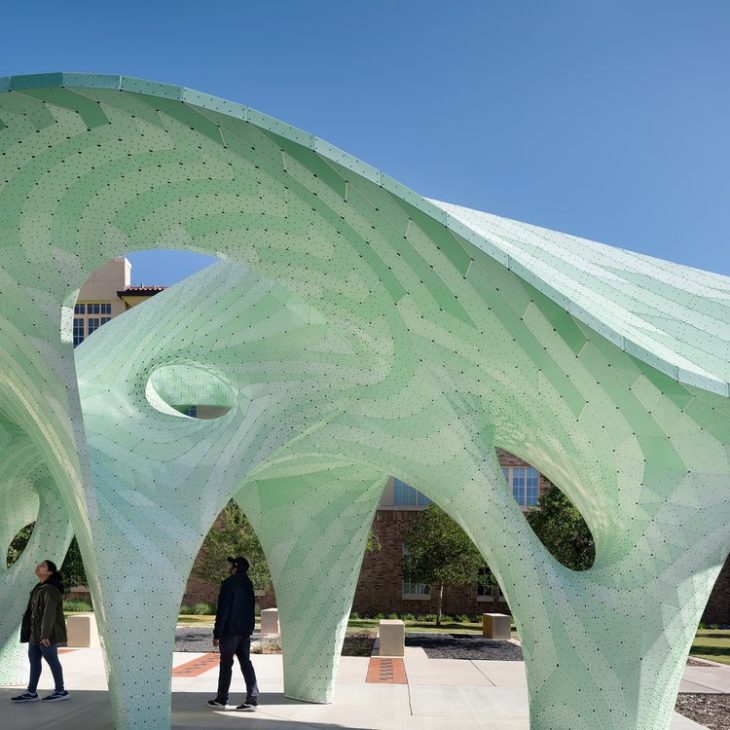
- Thallus by ZHA: Logic behind the structure is an application of differential growth along the surface of a calla lily-like cylindrical geometry.
- Zephyr by Marc Fornes / Theverymany: Logic behind the structure is the rationalization of minimal surfaces into proper topological optimized meshes.
The Design Process
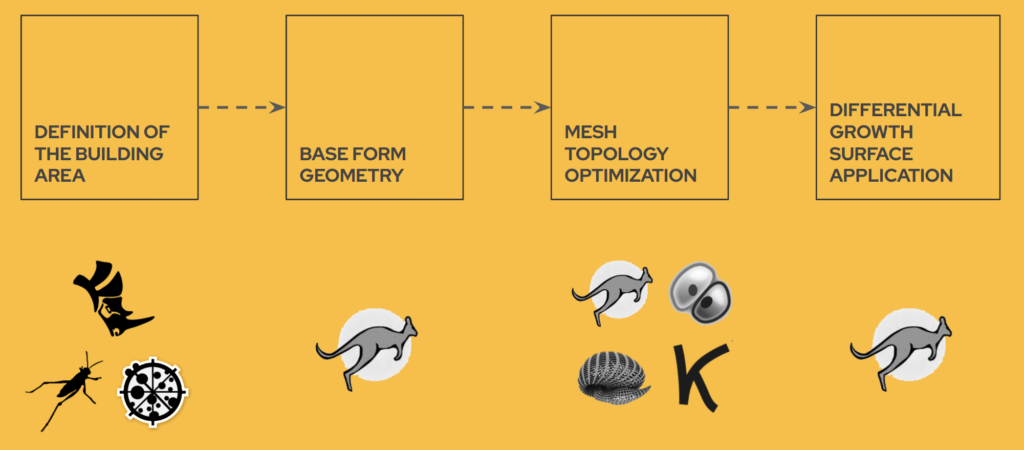
Design Process along with the tools used
Building Site and Context
The site is located in Davao City, Philippines
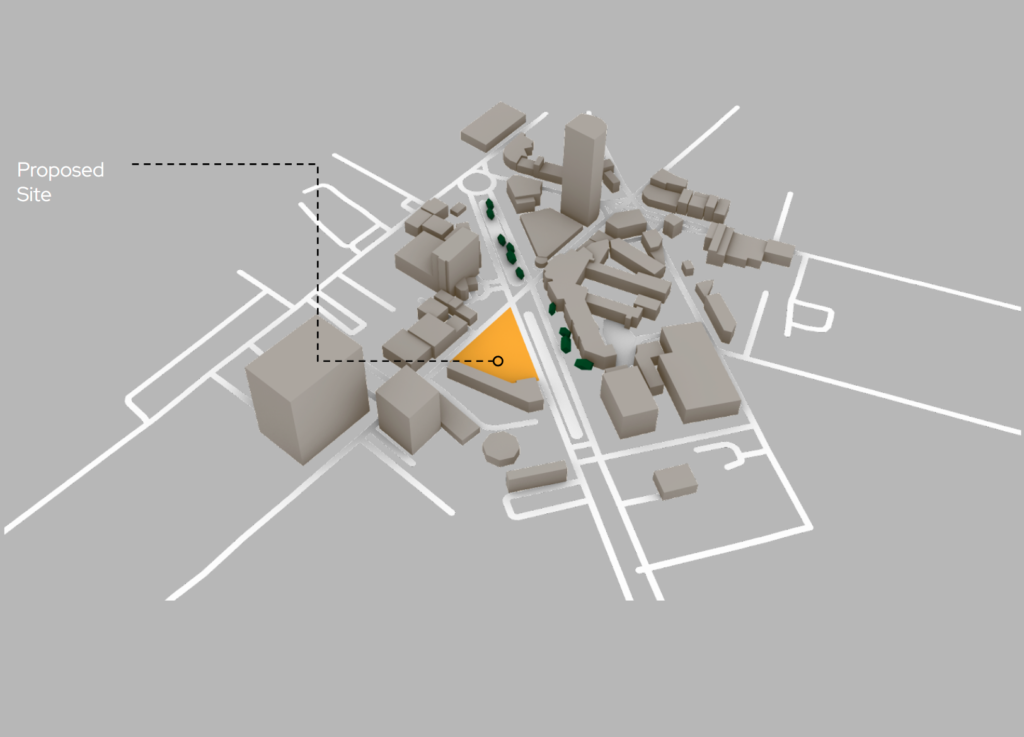
Selected Site & Context
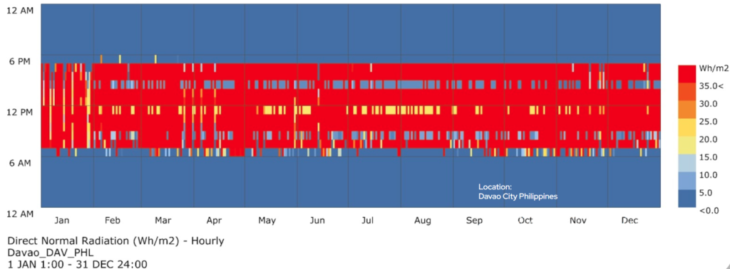
Direct Normal Radiation Graph of Davao City, Philippines

Hourly Dry Bulb Temperature of Davao City, Philippines
Direct Radiation graph shows the climate of a tropical country which is generally hot throughout the year so this informs that shadows casted by the structure needs to be maximised.
As we envision that a lot of cars would be coming to the site and this could become a potential public space, our very first strategies was to define the car circulation areas within the site and according to that support points are introduced in the non-circulation area.
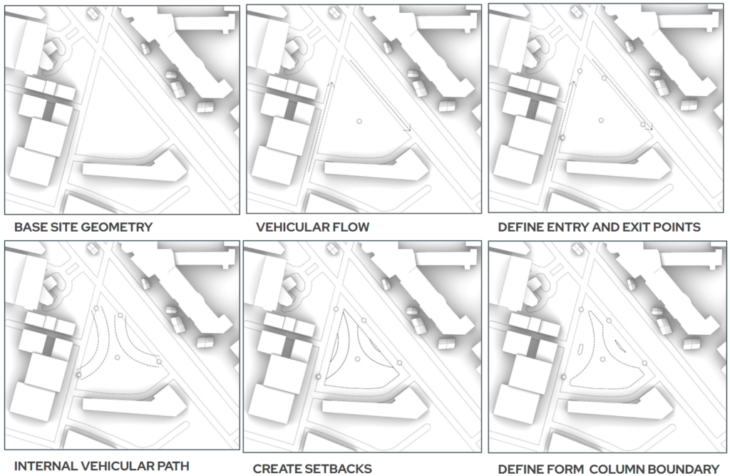
After getting the potential area for having the support of the structure random points were introduced over the site.
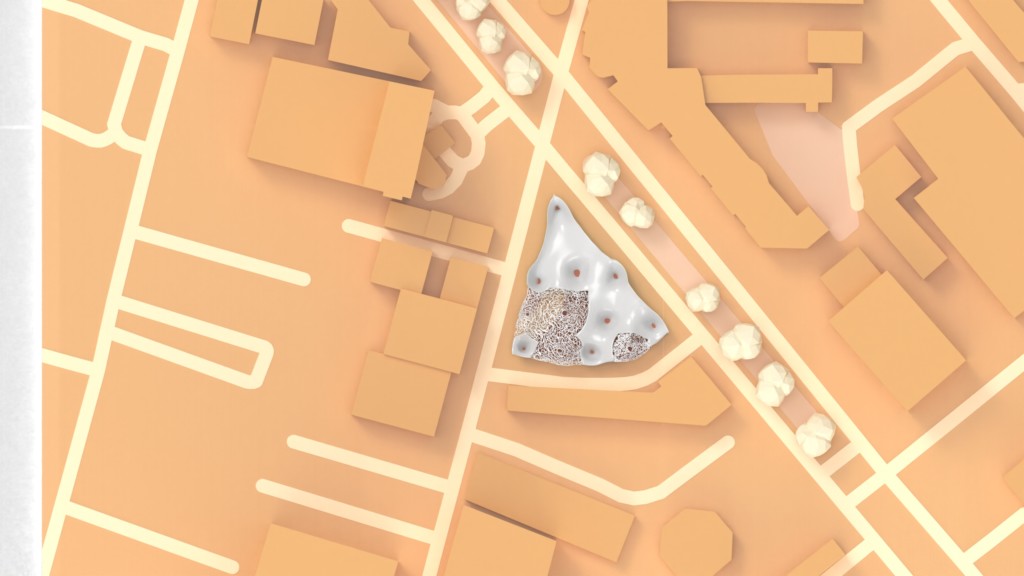
Site Plan
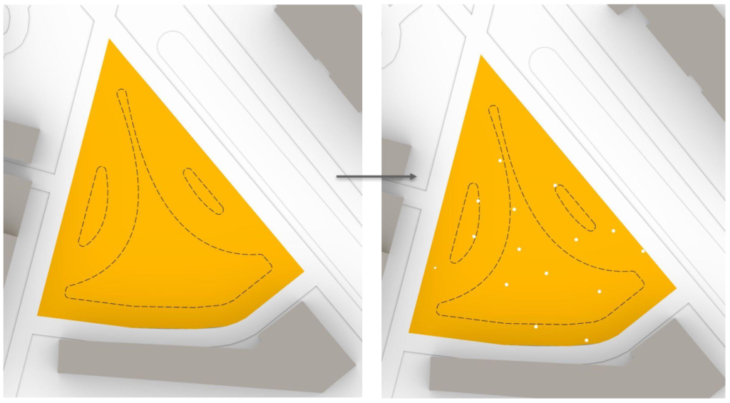
Random points introduced over the site

Then using circular packing method these support points are cleared from the car circulation area and moved into the pedestrian area.
Next step was to introduce the voronoi cells over the over the circle created in the previous mehtod.

Next step would be the optimisation using Galapagos (Evolutionary Solver) to minimize the radiation over the site as the climate in Philippines is tropical i.e. temperatures above 35°C and high relative humidity.

Next step was to use mesh relaxation using Kangaroo after receiving the final optimised mesh for radiation from Galapagos.

Checking for cleanliness in terms of topology by stripping to check the and define strip groups where we would stimulate the differential growth
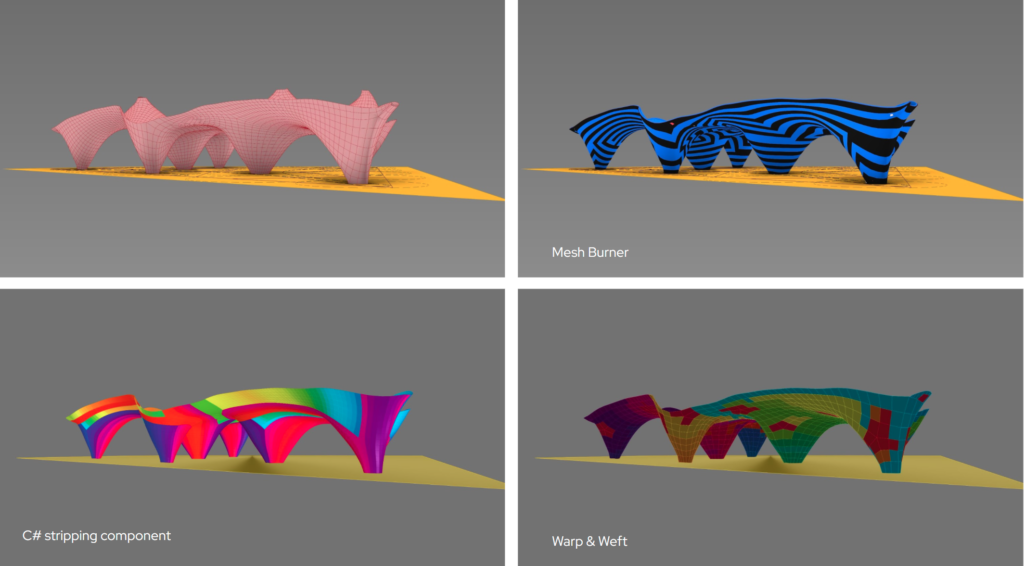
Mesh Topology stripping options (credits to Laurent Delrieu and Hesham Shawqy)

Structural studies to find safe places to run differential growth

Differential Growth process
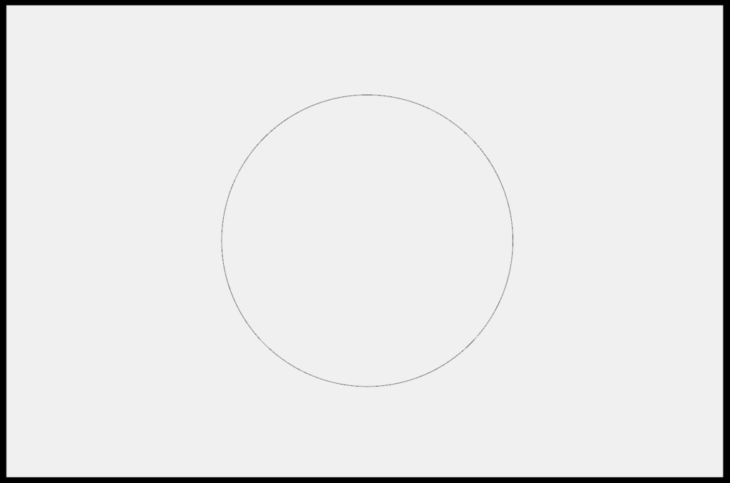
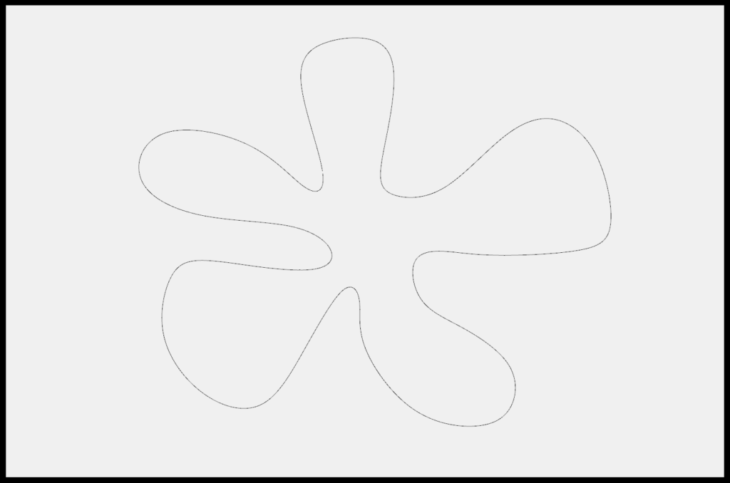
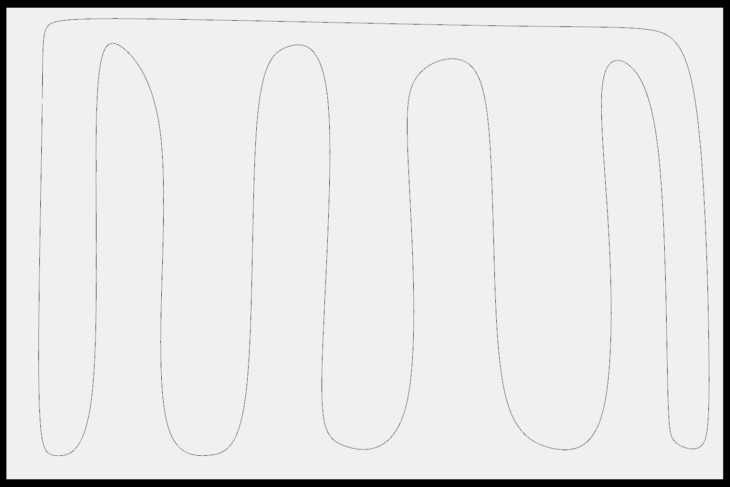
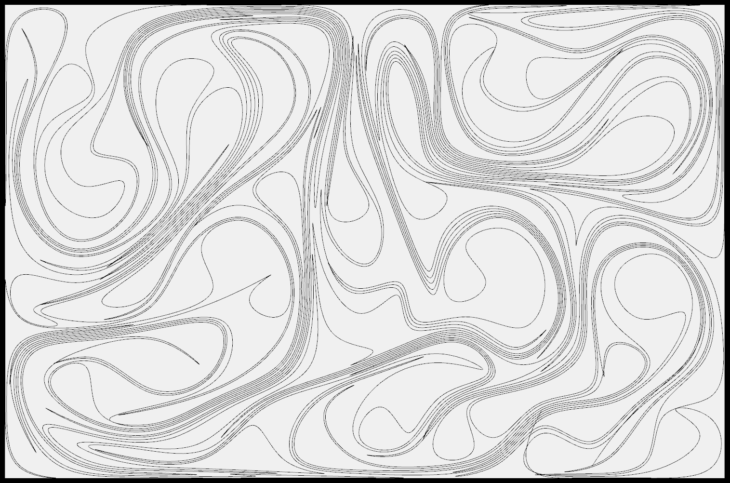
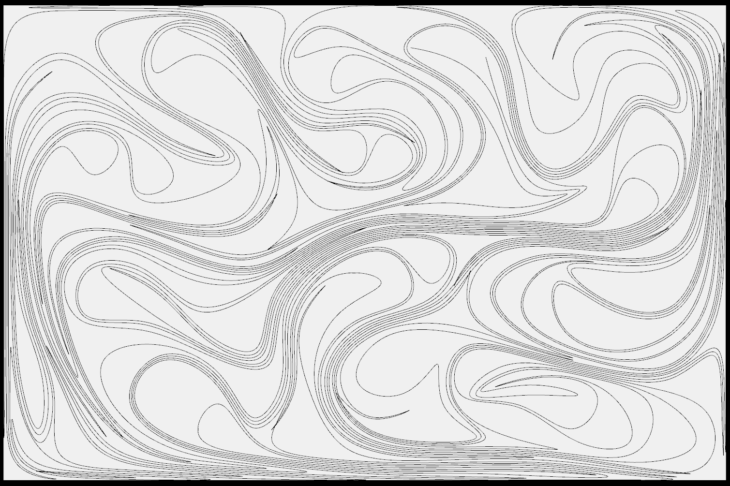
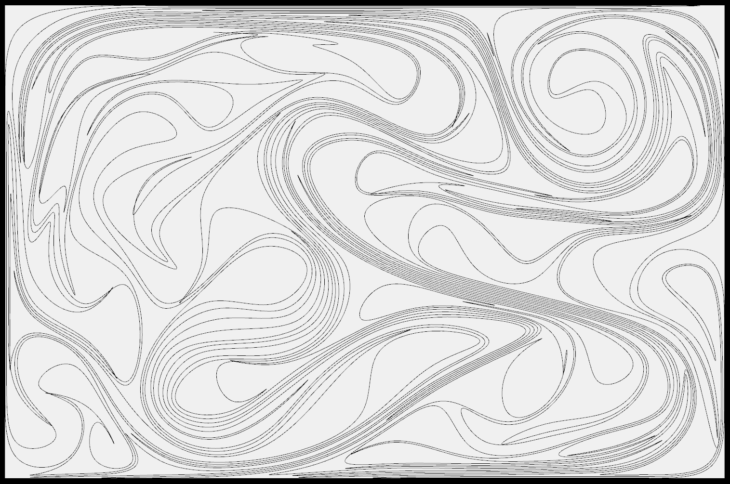
Different base geometries as starting point of the differential growth simulation

Preliminary iterations of differential growth along the whole geometry
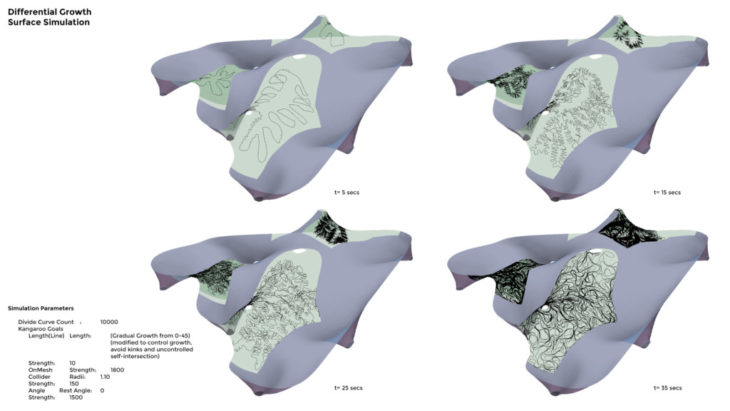
Differential Growth simulation
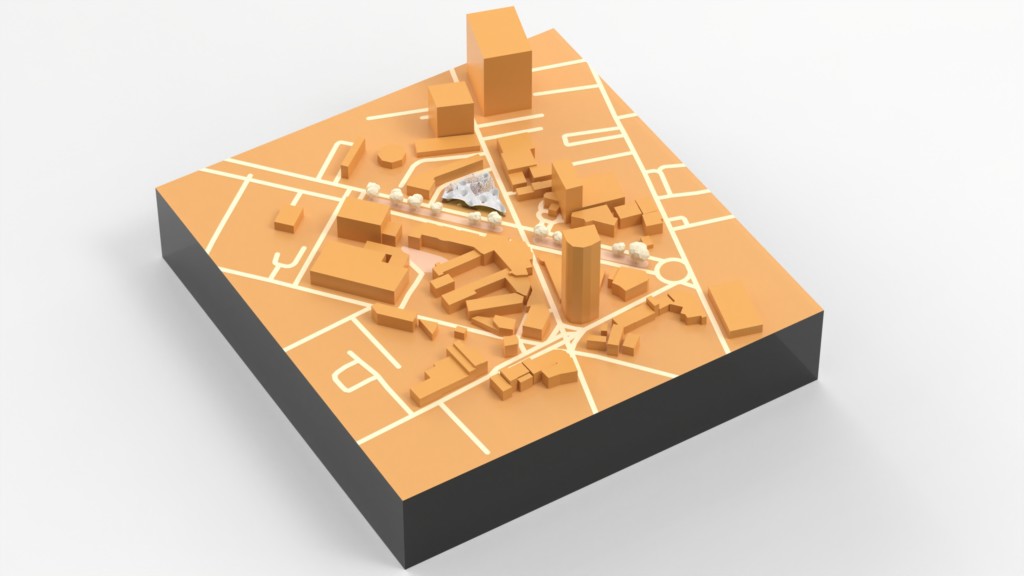
Axonomteric View
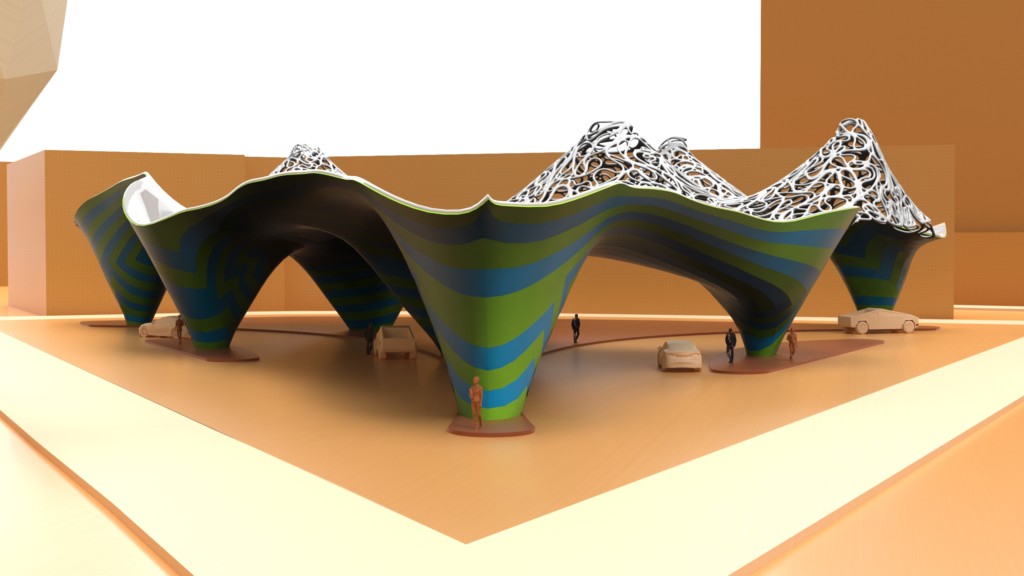
Render image: Site render showing mesh stripping as an aesthetic part
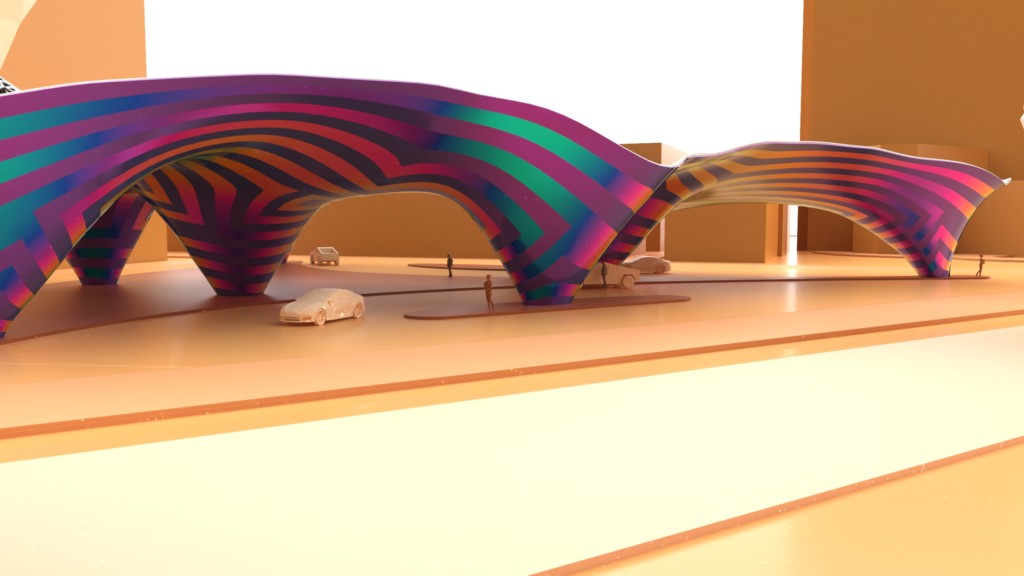
Render image: Image depicting car circulation through site

Render image: Differential growth on surface allowing light penetrate through the structure
Charge Pavilion is a project of IAAC, Institute for Advanced Architecture of Catalonia developed at Master in Advanced Computation for Architecture and Design (MaCAD) in 2021/22 by students Naitik Sharma and Neil John Bersabe and faculty Rodrigo Aguirre and Hesham Shawqy.